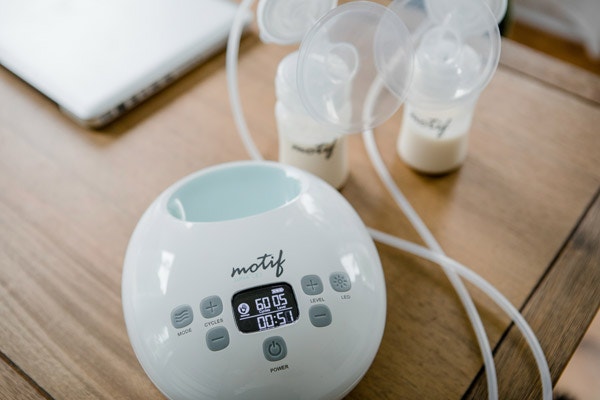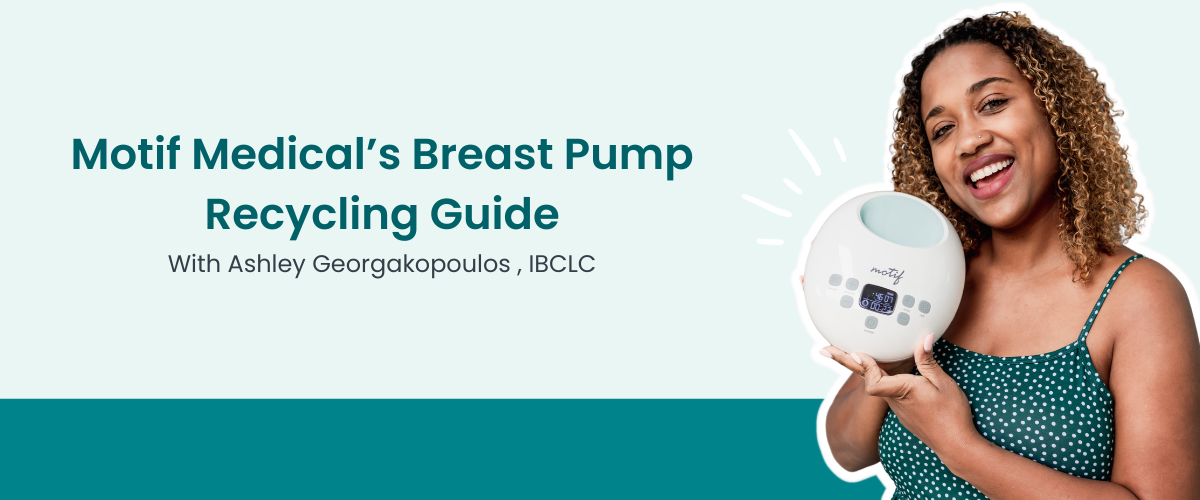Breastfeeding a preemie is possible, but a very different situation. Feeding a preterm baby comes with its own set of complexities. Health status and gestational age will play a big role in determining the amounts given, how often, and even the method in which they are fed.
Premature Baby is defined as born on or before 37 weeks and 0 days.
- extremely preterm (<28 weeks)
- very preterm (28–<32 weeks)
- moderate or late preterm (32–<37 completed weeks of gestation)
A lot can differ from week-to-week for a preterm infant, as the suck-swallow-breathe mechanism develops at around 32 weeks, but may not be fine-tuned to take in enough nutrition to grow until after 37 weeks. Depending on the developmental age, parents may be able to go home after a few days with a care plan to properly feed the minimum amounts needed to thrive and catch up, while other families may need their baby to spend longer time in the Neonatal Intensive Care Unit, NICU. Low birth weight (LBW) and very low birth weight (VLBW) will categorize the baby as higher risk. Baby's weight is a large determining factor in how much "brown fat" they have stored for both physical and neurological growth, and lack of means there is no room for weight loss like we see in full term babies that first week postpartum.
Breast milk plays an essential role in providing immunity factors, such as antibodies, along with an extra amount of proteins for developmental catch-up.
In many cases, however, additional help will be needed to fulfill the needs of preterm infants. This may look like using an electric pump for feeding tubes and bottle feeding, supplementing with formula, and adding milk fortifiers to breast milk.
Pumping milk to bottle feed, cup feed, or use in a feeding tube saves a lot of energy expenditure for a preemie learning to feed and developing those skills to get enough milk. This means that gaining weight is a little more effective when needed at a higher priority. Mothers may find it difficult to sustain a good milk supply right out of the gate due to obstacles of separation, learning the pump, and immature feeding abilities from the baby when trying to feed directly from the breast. It’s important to have access to a hospital-grade pump for safe, close-filtration system, adequate suction strength, and full-time pumping capabilities.
An IBCLC can work closely with the mother to not only form a feeding plan that coincides with the plan from the neonatologist, but also techniques to get a better breast milk supply going with the mother.
The big take-home message is that premature babies are unique and there is not going to be a one-size-fits-all feeding plan.
Amounts & Stomach Capacity
Average amounts of breastmilk and/or formula needed for a preemie are 12 oz a day, but keep in mind, this may vary between many circumstances, such as current weight. Milliliters and ounces per each feeding will vary, too, depending on the method of feeding and capabilities of the infant. A full term infant can hold 8-10 ml on their first day, and by day 3 of life, their stomach can then begin to stretch and accommodate up to 2 oz of milk


Techniques for Preemies
Feeding and Enhancement Methods
- Cup Feeding
- Finger Feeding
- Supplemental Nursing System (SNS)
- Nipple Shields
- Tube Feeding
- Breast Compression
- Kangaroo Care/Skin-to-skin contact
Cup feeding allows a baby to use gravity for the flow and their tongue to “lap up” milk. It requires very little effort on their end, and a slow, steady hand from the provider. Swaddling helps this method be more efficient, as it keeps their arms down and controlled, as well as catches drippings. The save in energy expenditure allows the calories to be put toward growth, speeding up the discharge rates.
Finger feeding is a prequel to chest or bottle feeding. This is especially useful in providing colostrum, the mother's first milk. A type of feeding tube called a Supplemental Nursing System (SNS) can be placed, as well, for mature milk, used with the finger to slowly feed milk through. The pressure from the finger prepares the tongue and gag reflex for the presence of a nipple, be it a natural or bottle one. When working on the latch, the lactation consultant may actually teach the mother to attach this SNS system close to the tip of the nipple, taped flat to allow the same slow feeding process to encourage suckling. The tube can then be slipped out mid-feeding to transition off of the system. This method will also aid in milk production, as the stimulation will enhance hormonal response in the mother.
Nipple shields may be recommended when learning to latch a preemie for a couple of reasons: it helps to protect the nipple tissue while the baby learns to latch, but it also is a great transition from a bottle if that is what they are used to. A faster flow nipple shield will serve to eliminate suction strength needs in the baby, and get more calories without much expended.
The use of feeding tubes may be needed for more immediate caloric deficit needs, especially if underwhelmingly responsive to other feeding methods. The combination of easy and effective feeding methods with human milk can quickly get a premature infant back on track.
Breast compression is an effective method for both feeding at the breast, as well as expression with hand or breast pump. Building up internal pressure takes some of the workload off of the infant, especially if still learning and needing to conserve as much energy as possible in order to gain weight. “Hands-on Pumping” incorporates this notion, as well, using compression to increase overall output while pumping by massage and compressing both before and during pumping sessions.
Skin-to-Skin and Kangaroo Care
Research shows time and time again that direct contact with the mother, and with benefit from the father, as well, without the hindrance of clothing, helps to regulate body temperature, blood pressure, general homeostasis and encourages the rooting reflex. This rooting reflex is the innate action to search for the breast to feed, and is an important, if not crucial, tool to properly and effectively feed. The ideal time initially to allow for skin-to-skin is immediately after birth, within the first 30-60, uninterrupted. When a baby is too early, this may look a little different, however.
Time spent in the NICU is time spent in separation from the parents. While necessary in order to receive the proper medical care, it can be difficult to practice breastfeeding, gestational age determining further that level of difficulty. This is where Kangaroo Care can be of use. Kangaroo Care is the skin-to-skin holding, up against the chest, that allows for physical contact and bonding, regardless of the ability or developmental stage to try to breastfeed. It does, however, speed this process up, due to the stabilization qualities and that create the environment for developmental growth and shorter NICU stay. Discuss with the neonatologist the options and frequency to utilize Kangaroo Care.
In one study, twins held in this manner were individually regulated in temperature by the mother’s breasts.
For preterm babies, their stomach can still vary from the size of a pea to a marble, so amounts and frequencies will vary based on this, typically up to 10 ml until closer to full gestational age.
Resources
- https://www.marchofdimes.org/complications/touching-and-holding-your-baby-in-the-nicu.aspx
- https://www.healthychildren.org/English/ages-stages/baby/breastfeeding/Pages/Providing-Breastmilk-for-Premature-and-Ill-Newborns.aspx
- https://www.researchgate.net/publication/282126509_Chapter_4_Breastfeeding_the_NICU_Infant_What_to_Expect








